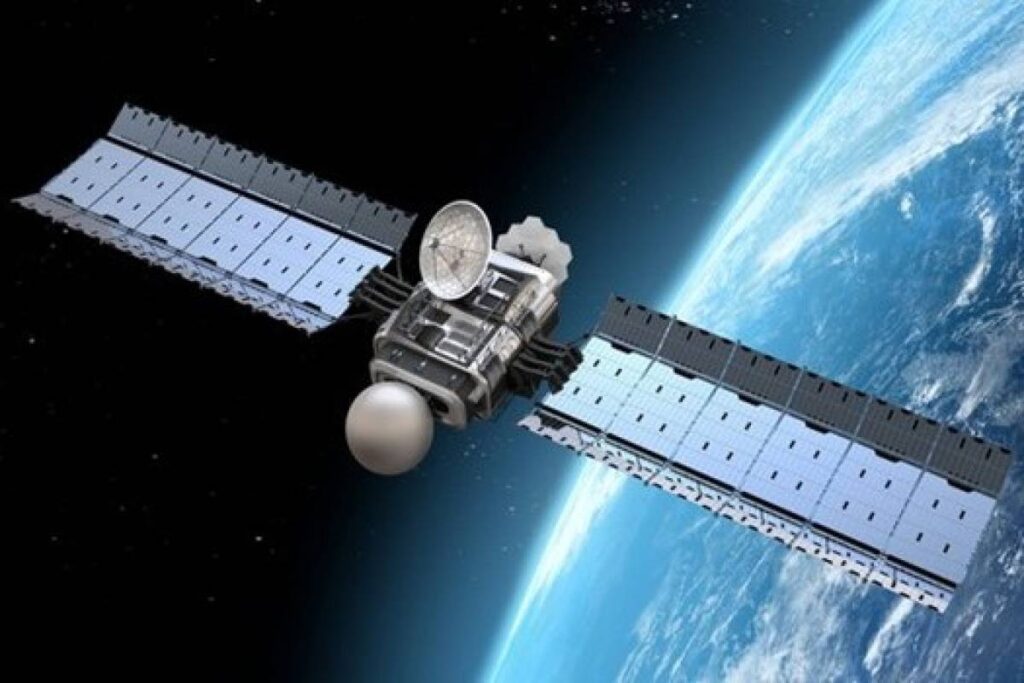AstroSat, Indias first multi-wavelength satellite, has detected an extreme ultraviolet (UV) light from a galaxy which is 9.3 billion light-years faraway from Earth, the Inter-University Centre for Astronomy and Astrophysics (IUCAA) said on Monday.
A release from the Pune-based Inter-University Centre for Astronomy and Astrophysics said a worldwide team led by IUCAA scientists have achieved the main breakthrough.
“Indias first multi-wavelength satellite, which has five unique X-ray and ultraviolet telescopes working in tandem, AstroSat, has detected extreme-UV light from a galaxy, called AUDFs01, 9.3 billion light-yearsaway from Earth,” said it said.
The discovery was made by a world team of astronomers led by Dr Kanak Saha, professor of astronomy at the IUCAA, and published on August 24 by ‘Nature Astronomy’, the discharge said.
This team comprised scientists from India, France, Switzerland, the USA, Japan and therefore the Netherlands.
Saha and his team observed the galaxy, which is found within the Hubble Extreme Deep field, through AstroSat.
These observations lasted for quite 28 hours in October 2016, the discharge stated.
But it took nearly two years since then to carefully analyse the info to determine that the emission is indeed from the galaxy. Since UV radiation is absorbed by Earths atmosphere, it’s to be observed from space, it said.
Earlier, NASAs Hubble Space Telescope (HST), a significantly larger than UVIT (UV imaging telescope), didn’t detect any UV emission (with energygreater than 13.6 eV) from this galaxy because it’s too faint, it said.

